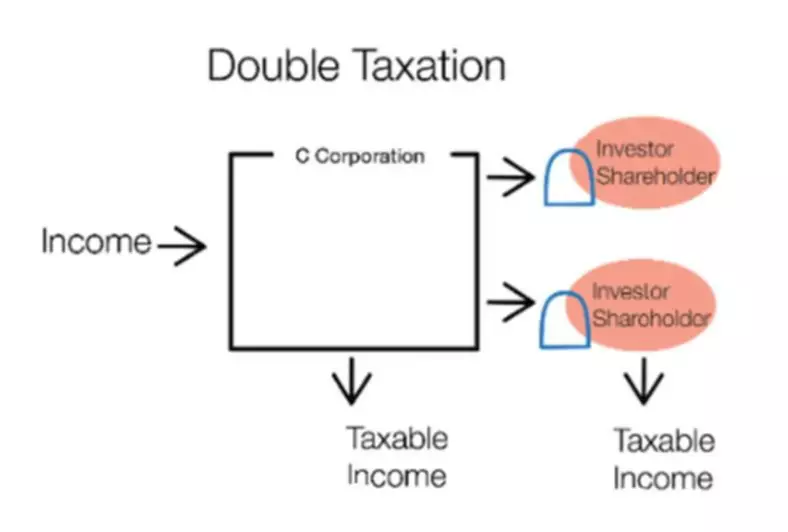Content

Since it is based on a simple calculation, it is called asingle-step income statement. This statement is a great place to begin a financial model, as it requires the least amount of information from the balance sheet and cash flow statement. Thus, in terms of information, the income statement is a predecessor to the other two core statements.
- While there are accounting standards to follow, they do allow for some degree of latitude for how each business delineates its expenses.
- Some items from prior years clearly are not expected to continue in future periods and are separately disclosed on a company’s income statement.
- A company’s net income and its components (e.g., gross margin, operating earnings, and pretax earnings) are critical inputs into both the equity and credit analysis processes.
- This will give you a general understanding of your business performance, letting you see how profitable you have been.
- Common-size statements facilitate comparison across time periods and across companies of different sizes.
Multi-step income statements separate operational revenues and expenses from non-operating ones. They’re a little more complicated but can be useful to get a better picture of how core business activities are driving profits. Although the income statement and balance sheet have many differences, there are a couple of key things they have in common. Along with the cash flow statement, they make up three major financial statements. And even though they are used in different ways, they are both used by creditors and investors when deciding on whether or not to be involved with the company. The balance sheet is a snapshot of what the company both owns and owes at a specific period in time.
The company’s reported income statement
These are all expenses incurred for earning the average operating revenue linked to the primary activity of the business. They include the cost of https://www.bookstime.com/ goods sold ; selling, general, and administrative (SG&A) expenses; depreciation or amortization; and research and development (R&D) expenses.

Bench assumes no liability for actions taken in reliance upon the information contained herein. We accept payments via credit card, wire transfer, Western Union, and bank loan. Some candidates may qualify for scholarships or financial aid, which will be credited against the Program Fee once eligibility is determined. Please refer to the Payment income statement & Financial Aid page for further information. Doing so enables the user and reader to know where changes in inputs can be made and which cells contain formulae and, as such, should not be changed or tampered with. Regardless of the formatting method chosen, however, remember to maintain consistent usage in order to avoid confusion.
Want More Helpful Articles About Running a Business?
This will help you understand exactly what you’re putting money into. Investing exposes you to the risk of losing your money and thorough research can help you minimize your losses. Sales reflects revenue from the provision of services or sale of products. Sales may be combined and simply listed on one line, or separated into subcategories to provide additional detail about revenue-generating products or services. This section requires you to subtract your interest expenses from your EBIT, resulting in your pre-tax income, known as EBT . At CCH Tagetik, we are continuously updating our performance management software with innovations based on input from our customers to improve the customer experience.
Income statement vs balance sheet
Both the income statement and balance sheet are important financial statements – but each has a different function for business owners and investors.
A balance sheet gives a point in time view of a company’s assets and liabilities, while the income statement details income and expenses over an extended period of time (usually one year). A balance sheet helps determine a company’s current financial situation and make important financial decisions. The income statement can be run at any time of the fiscal year to determine profitability and compare one period of time to another to show growth.
Is the amount paid for the sold merchandise or the cost of manufacturing. It is computed by deducting closing stock from the aggregate value of the opening stock, net purchases, and freight charges paid. If you have found yourself struggling to find the time to create your own statement from scratch, a free invoice statement template is the perfect solution. However, relevance to the reader may dictate that a better approach is to present expenses by function, in which case the layout changes to something similar to the following example. This format usually works best for a larger organization that has multiple departments. Indirect expenses like utilities, bank fees, and rent are not included in COGS—we put those in a separate category.
What Is an Income Statement?
Since banks and investors analyze a company’s balance sheet to see how a company is using its resources, it’s important to make sure you are updating them every month. Other operating costs incurred during the reporting period and may include amounts paid to maintain the property. Operating expenses differ from costs of sale in that the company cannot directly link these operating expenses to the production of the products it sells. Both are the same since both provide figures of a company’s profit or loss in a given accounting period. Cost Of Goods SoldThe Cost of Goods Sold is the cumulative total of direct costs incurred for the goods or services sold, including direct expenses like raw material, direct labour cost and other direct costs. However, it excludes all the indirect expenses incurred by the company. It is the same as the profit and loss account that reflects the final income of a firm.

Operating ExpensesOperating expense is the cost incurred in the normal course of business and does not include expenses directly related to product manufacturing or service delivery. Therefore, they are readily available in the income statement and help to determine the net profit. Gross MarginGross Profit Margin is the ratio that calculates the profitability of the company after deducting the direct cost of goods sold from the revenue and is expressed as a percentage of sales.
Understanding the Income Statement
Expenses and losses reflect what it cost to produce the company’s product or service or any losses incurred from selling off assets, lawsuits, etc. Looking at a company’s income statements can help you determine whether or not it’s worth it for you to invest in that company. One important piece of information on the statement is the company’s net profit over a set amount of time. This is usually one year, but public companies must submit an income statement each quarter to the SEC. You can then understand where that profit number comes from by going over the revenues and expenses that the company lists on its income statements. Depreciation, which you deduct from gross profit, accounts for wear and tear on assets that the company uses over the long term. This includes tangible items such as machinery, furniture or vehicles.
FreshBooks provides an easy-to-follow accounting formula to make sure that you’re calculating the right amounts and creating an accurate income statement. We have a free income statement template you can use as a guideline. Fully compatible with Microsoft Word or Google Docs, you can download these templates and customize them with your own content. A balance sheet shows you how much you have , how much you owe , and how much is remains . It’s a snapshot of your whole business as it stands at a specific point in time.
Nonoperating Gains and Losses
Often shortened to “COGS,” this is how much it cost to produce all of the goods or services you sold to your customers. If the company is a service business, this line item can also be called Cost of Sales. Learning how to read and understand an income statement can enable you to make more informed decisions about a company, whether it’s your own, your employer, or a potential investment. Income tax expense – sum of the amount of tax payable to tax authorities in the current reporting period (current tax liabilities/ tax payable) and the amount of deferred tax liabilities . Depreciation / amortisation – the charge with respect to fixed assets / intangible assets that have been capitalised on the balance sheet for a specific period. It is a systematic and rational allocation of cost rather than the recognition of market value decrement.
- When researching a company, you want to know if the company is profitable.
- The method you used to file your tax return (e-file or paper) and whether you had a balance due affects yourcurrent year transcript availability.
- It involves accounting methods and practices determined at the corporate level.
- The finished goods inventory present at the end of the reporting period is subtracted from this amount to produce the cost of goods sold.
- There’s no match of revenue against expenses in a fixed accounting period, so comparisons of previous periods aren’t possible.
Please download CFI’s free income statement template to produce a year-over-year income statement with your own data. After preparing the skeleton of an income statement as such, it can then be integrated into a proper financial model to forecast future performance.
